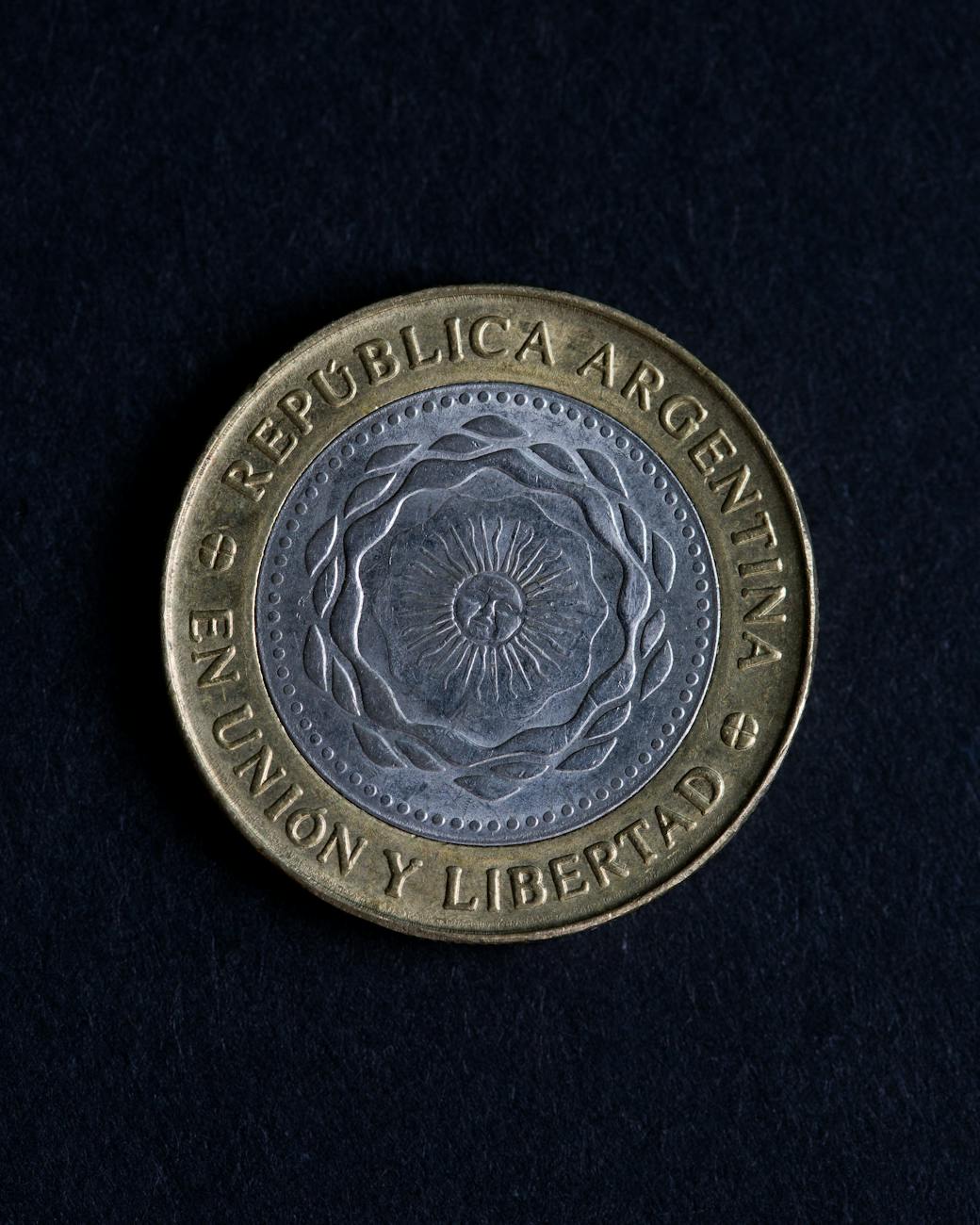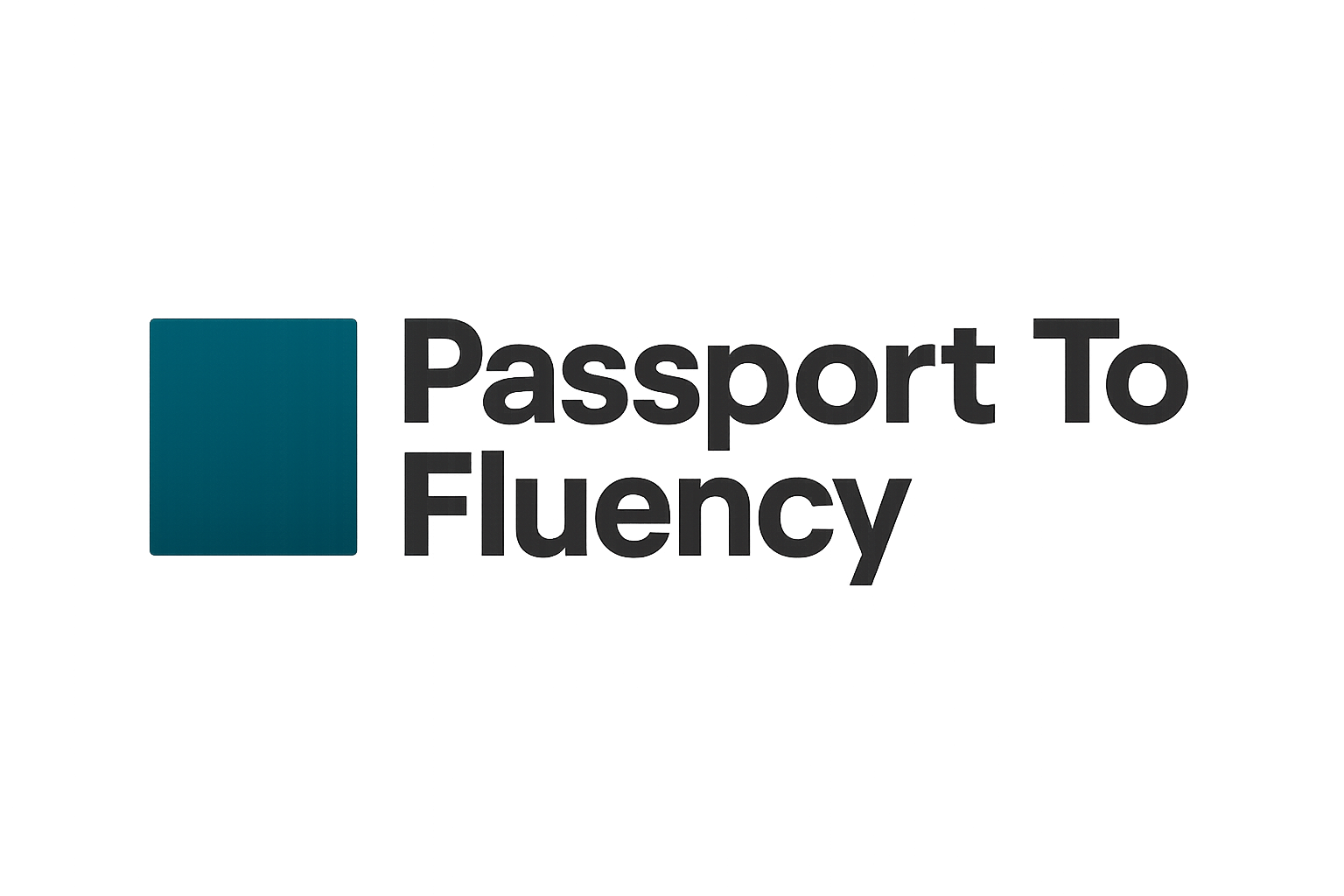The first time I tried to convert cash in Santo Domingo, I walked into a casa de cambio clutching a sweaty fist of U.S. twenties and a half-memorized exchange rate. A clerk in a Yankees cap asked, “¿A cuántos pesos lo buscas, manito?” I blanked. He chuckled, slid me a calculator the size of a sandwich, and coached me through the math while a bachata beat rattled the glass counter. Two months later, knee-deep in Medellín apartment-hunt expenses, I stood at a bright-green Nequi kiosk. A paisa behind me whispered, “¿Listo para el QR, parce?” Different country, different tech vibe, but the same anxiety swirling around decimals and slang.
Those whiplash moments convinced me that getting money right is non-negotiable expat survival—and that every rate inquiry, wire receipt, and QR ding hides gold nuggets of Spanish Vocabulary. Today’s guide blends my beach-town blunders with mountainside wins so you can swap currencies (and confidence) like a local on both ends of the Caribbean arc.
From Calle El Conde to El Poblado: Two Exchange Cultures, One Wallet
Dominican money changers advertise rates on chalkboards that fade in the noon glare. Haggle, and they’ll likely drop a few pesos while teasing your accent: “Ese cambio está jevi, ¿oíste?” Meanwhile, Colombian casas de cambio print digital receipts down to the centavo. Bargaining? Not a chance. But flash a loyalty app and you’ll nab a fee waiver.
These contrasts mirror the countries’ personalities: DR thrives on human warmth—smiles soften commissions—while Colombia banks on efficiency—apps slash lines. Your Spanish Vocabulary shifts accordingly: in Santo Domingo ask, “¿Me rebajas la comisión un chin?” In Medellín, lean into tech jargon: “¿La tasa ya incluye el spread?”
ATM Roulette vs. App Nirvana
My Dominican ATM adventures include one machine that ate my card during a thunderstorm. A guard shrugged, “Eso se tragó la tarjeta; vuelve mañana.” I learned to ask beforehand, “¿Este cajero cobra recargo?” Medellín’s ATMs rarely malfunction, but foreign fees bite. Paisa friends convinced me to open a digital wallet for instant peer-to-peer transfers. Three taps later, rent was settled and my landlord texted heart emojis. Lesson: sometimes the best exchange rate is no exchange at all—stash pesos in a local e-wallet and watch your Spanish Vocabulary bloom around fintech small talk.
Cultural Gem:
In Bogotá or Medellín, tinto is a tiny black coffee offered while you wait at the bank queue. In Santo Domingo, tinte could route you to a hair-dye aisle. Double-check vowels before caffeinating your conversion.

Pocket Glossary for Money Moves
| Spanish | English | Usage Tip |
|---|---|---|
| Casa de cambio | Currency-exchange booth | DR signs may just read Casa Cambio. |
| Tasa de cambio | Exchange rate | Quote it aloud to confirm decimals. |
| Comisión | Service fee | Ask if waived for larger sums. |
| Recargo | Surcharge | Common for foreign ATMs. |
| Transferencia | Bank/wire transfer | Clarify: internacional vs. local. |
| Trámite | Paperwork/process | Expect more of it in DR banks. |
| Saldo | Balance | Check before every mobile transfer. |
| Comprobante | Receipt/voucher | Get stamped copies in DR; PDF in CO. |
| Retiro | Withdrawal | Pair with efectivo (cash). |
Sprinkle these nine anchors across conversations and watch sleepy tellers perk up at your expanding Spanish Vocabulary.
Conversation in the Queue: Two Styles, One Mission
Spanish line first, English line second. DR or CO flags dialect. Bold = slang.
—Buenas, necesito hacer un retiro grande en dólares. (DR)
—Hi, I need to make a large withdrawal in dollars.
—Perfecto, manito. ¿Trajiste tu pasaporte para el trámite? (DR)
—Perfect, bro. Did you bring your passport for the paperwork?
—Sí, aquí lo tiene. ¿Cuánto es la comisión?
—Yes, here it is. How much is the fee?
—–––
—Hola, parce. Quiero una transferencia internacional a EE. UU. (CO)
—Hi, buddy. I’d like to make an international transfer to the U.S.
—Claro. La tasa de cambio es previa al spread del banco. (CO)
—Sure. The exchange rate is prior to the bank’s spread.
—¿Me das un comprobante digital al correo?
—Can you email me a digital receipt?
Noticing how manito softens Dominican formality while parce greases Colombian service lines helps you dial your Spanish Vocabulary to local frequency.
The Hidden Math of Street Rates
Dominican currency traders keep wads of bills clipped inside fanny packs. They’ll quote a rate 5 % worse than banks, then nudge closer to mid-market if you flash street slang: “Pero compai, ¡ese dólar está matador!” In Colombia, “cambistas” outside Centro Comercial Monterrey compete with official booths by offering bundle bonuses—convert over 500 USD, waive the comisión. I once saved 50 mil pesos just by uttering “¿Hay mejorcito si cambio más?” One question, newfound Spanish Vocabulary, cheaper empanadas.

When Wire Slow-Motions to Snail Mail
International transfers to the DR can crawl three business days, but the teller might promise “a más tardar mañana.” Translate that to “maybe.” In Medellín, wire arrival texts buzz my phone in hours. Yet once, a U.S. check deposit triggered a fraud review. A polite banker said, “Queda en retención hasta verificación.” I heard retención (hold) and pictured handcuffs on my money. Googling banking lingo beforehand would’ve spared a stress migraine. Now I keep a cheat sheet:
- Fondos retenidos – pending funds
- Fecha valor – value date
- Cargo revertido – reversed charge
Each term anchors itself in memory when linked to real pesos on the line—your Spanish Vocabulary welded by necessity.
Cash App Wars: DR’s Wompi vs. CO’s Nequi
Caribbean vendors warm to QR payments but still love the rustle of bills. Colombia is sprinting toward cashless; even corner arepa grills accept Nequi. I practiced by sending Laura 2,000 COP with the note, “Para tu tinto.” She replied, “Gracias, llegué sin sencillo.” That micro-transfer taught sencillo (loose change) faster than any dictionary.
Heads-Up:
Colombia’s Daviplata and Bancolombia a la mano charge zero fees for low-value peer transfers. Dominican wallets often tack on a tiny recargo—ask, “¿Cuánto me descuentan?” before pressing send.
Fear Factor: Counting Zeros in Two Currencies
My Dominican landlord quotes rent in USD; utilities in DOP. Colombians stick to COP but love chopping zeros: 10 mil not 10,000. On my first grocery run I almost paid 17 mil DOP for avocados—forgetting pesos colombianos have more zeros. I now verify by repeating digits out loud: “Siete mil quinientos pesos dominicanos, ¿correcto?” The cashier’s nod calibrates my brain’s comma placement and sneaks extra pronunciation reps into my Spanish Vocabulary routine.
Quick Math Tricks to Impress (and Protect Your Wallet)
- DR Rule of Thumb: 100 DOP ≈ 1.70 USD. Divide peso price by 60, round.
- CO Rule of Thumb: 50,000 COP ≈ 13 USD. Divide by 4,000.
Say it aloud in Spanish to lock numbers: “Cincuenta mil entre cuatro mil es… doce punto cinco.” Locals respect the effort; scammers notice your alertness and back off.
Fee Negotiation Mini-Drama
—Oficialmente la comisión es 2 %.
—The official fee is 2 %.
—¡Ay mi madre! Si pago en efectivo, ¿me lo dejas en 1.5 %? (DR flair)
—Oh my gosh! If I pay in cash, can you drop it to 1.5 %?
—Imposible, brother, pero te incluyo el seguro de billetes falsos.
—Impossible, brother, but I’ll include counterfeit-bill insurance.
Sometimes you can’t win the math, but you can gain perks and fresh Spanish Vocabulary like seguro de billetes falsos—a phrase that feels straight out of a Narcos episode.
Risky Business: Street ATMs and Night Exchanges
Dominicans caution, “Cajero de noche, cartera al pecho.” Colombians warn against downtown ATMs after sunset. Tourist Police recommend booths inside malls. Asking, “¿Dónde está la zona segura para retirar?” signals awareness. Bonus: you’ll learn directional fillers like “siga derecho” (go straight) and “a mano derecha” (on the right)—mapping vocabulary welded to survival instincts.
Beyond Bills: Talking Investment
Friends in Medellín rave about protecting savings from inflation by buying USD: “El dólar blue sube, parce.” Dominican buddies discuss remittance apps: “Mi primo manda por Remitly; llega en cinco minutos.” Joining these chats upgrades financial phrasing: yield = rendimiento, interest rate = tasa de interés, crypto wallet = billetera cripto. Even if you’re not trading pesos for Bitcoin, comprehending these words broadens your Spanish Vocabulary into economic territory.
Voice-Note Receipt—A Creative Audit Hack
To track spending, I voice-note a daily summary in Spanish: “Hoy retiré tres mil pesos para gasolina, pagué comisiones de doscientos.” Listening back reveals filler crutches and tense slip-ups. Rosa once replied correcting my past-tense of retirar. Laura caught my Sloppy s in pesos. Accountability meets phonetics; my bank balance and pronunciation both grow healthier.
Conclusion: Let Money Talks Fund Your Fluency
Currency conversions used to knot my stomach harder than Dominican moro stuck to the pot. Now they’re my favorite flash-classrooms. Each rate inquiry amplifies Spanish Vocabulary; every fee negotiation polishes persuasion skills. Bounce between Dominican banter and Colombian fintech, unveil the lingo clipped inside chalkboards and QR codes, and your accent will shine brighter than fresh pesos.
Ready to test? Tomorrow convert 40 USD in a Dominican booth or top-up a Colombian wallet for street-food emergencies. Use two new phrases from the glossary and note reactions. Then pop back here: which word shaved a fee, which slang cracked a smile, which mistake taught you more than success? Your wallet—and future readers—await your story.










